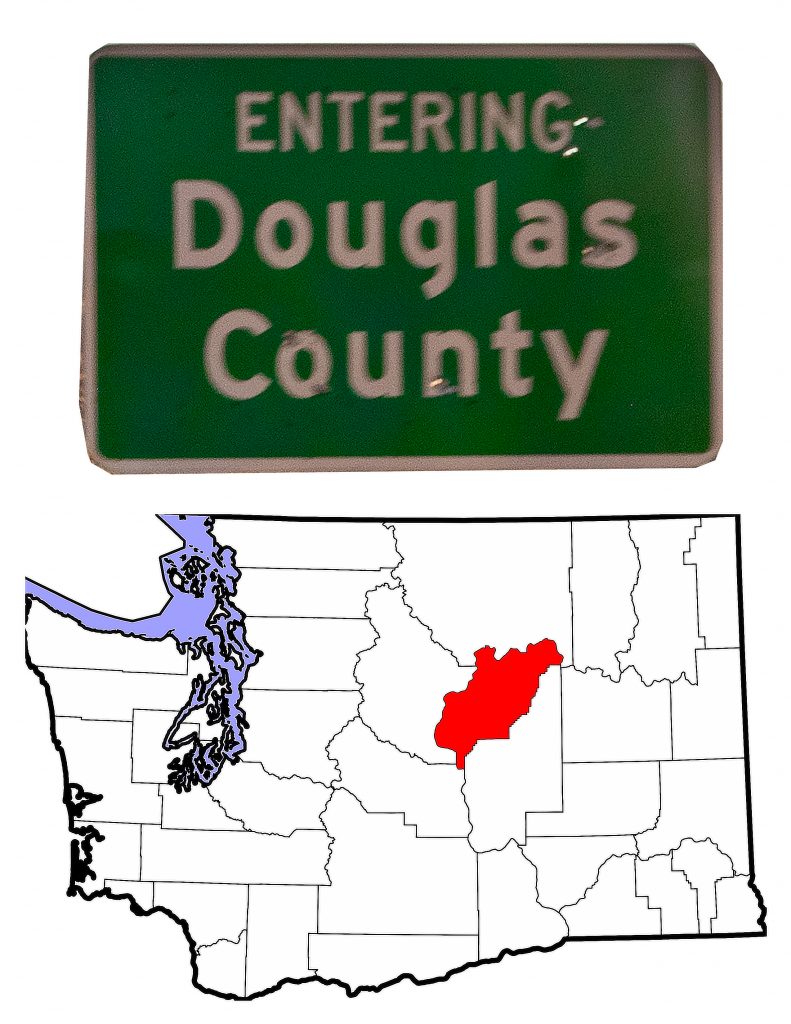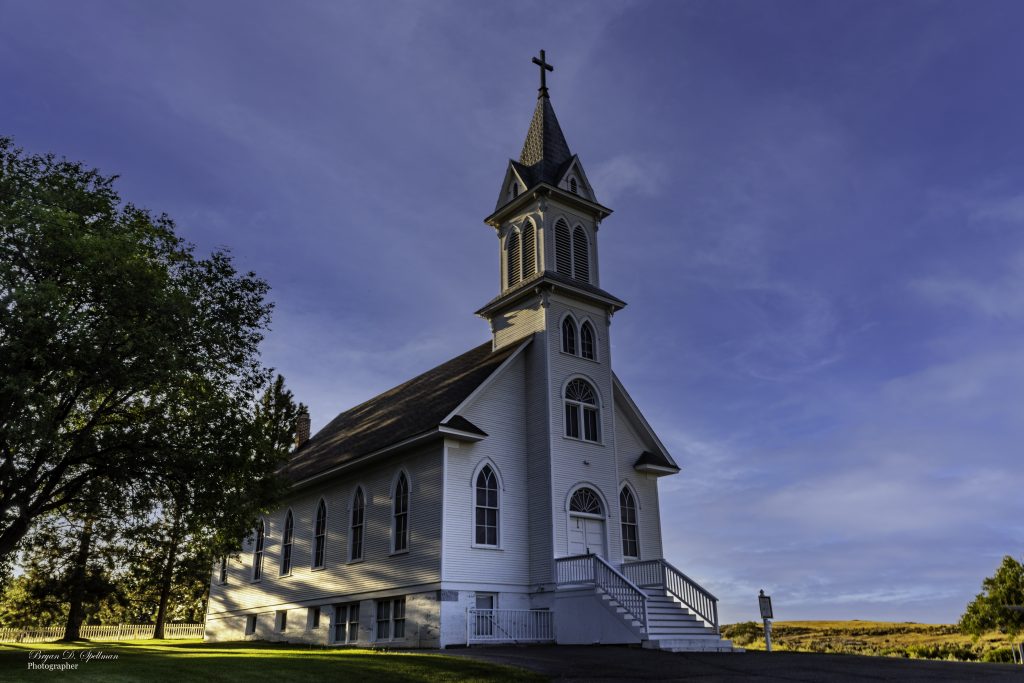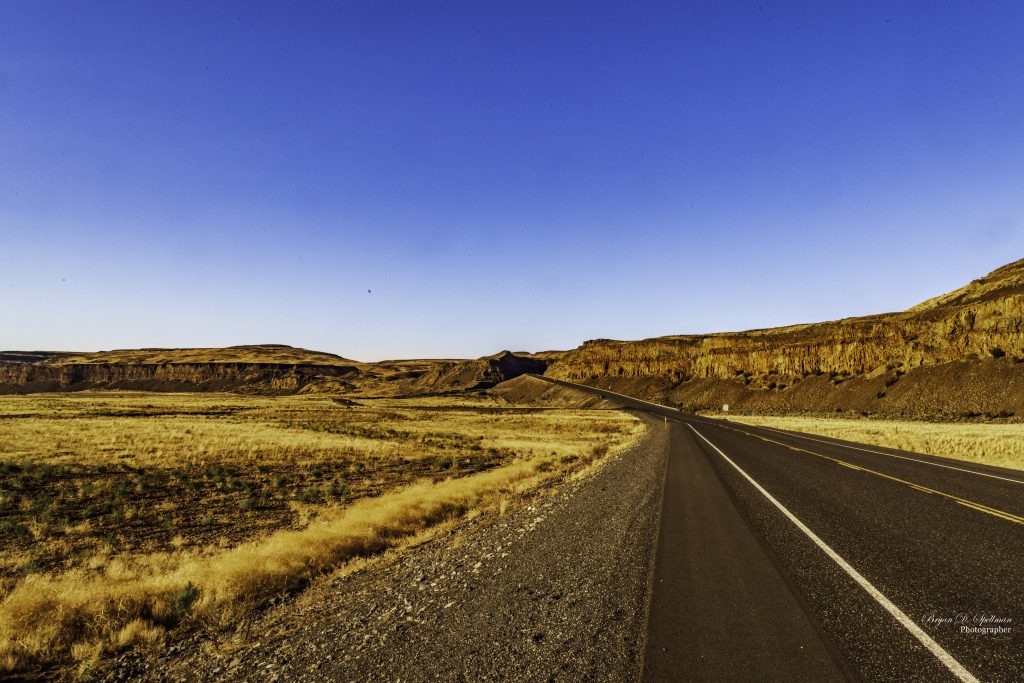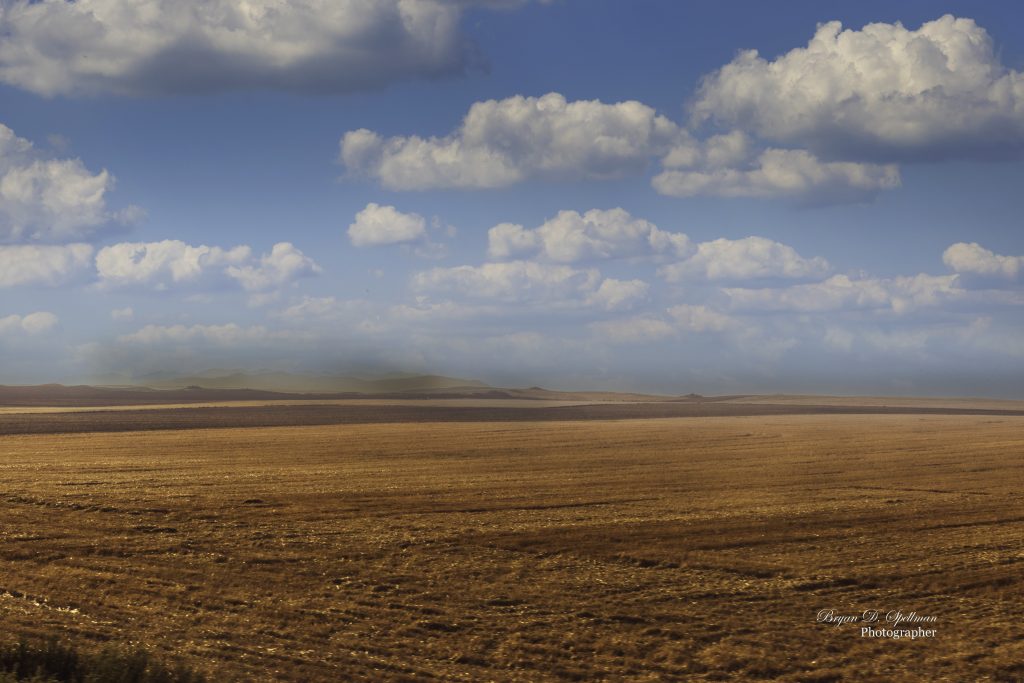Exploring Douglas County, Washington

Overview
Nestled in the heart of the Pacific Northwest, Douglas County, Washington, stands as a testament to the resilience and vitality of communities in the region. With a history deeply intertwined with the development of the American West, this county has witnessed significant transformations in its landscape, population, and economic activities. In this article, we delve into the county’s origins, the growth of its population, changes in land area, its county seat, other communities, notable geological features, and the dynamic blend of industry and agriculture that defines its economic landscape. Additionally, we’ll highlight some of the noteworthy historic events and buildings that contribute to the rich tapestry of Douglas County’s heritage.
The Genesis and Early Odyssey
On a crisp November day in 1883, Douglas County was carved from western Lincoln County, its birth marked by the promise of fertile lands and a horizon ripe with opportunity. Named in homage to the distinguished orator Stephen A. Douglas, the county became a haven for pioneers, beckoning those seeking a new life in the unfolding drama of the American West.
In its infancy, Douglas County was an expanse of untamed beauty, etched with the dreams of those who dared to cultivate its soil. The Colville Indians called it home until they were forced onto the Colville Reservation in 1872. The tendrils of progress extended with the laying of rails and the construction of roads, stitching together a network that connected the county to the beating heart of the nation. The irrigation systems, a testament to human ingenuity, wove a verdant quilt across the landscape, transforming arid stretches into fertile grounds for agriculture.
Population Growth and Changes in Land Area
The pulse of Douglas County has quickened and slowed, echoing the ebb and flow of wider societal tides. The initial surge of settlers, lured by the promise of a prosperous tomorrow, shaped the county’s early identity. The county lost land in 1909 with the creation of Grant County. The mid-20th century witnessed a crescendo of growth, a symphony played by the hands of agriculture and burgeoning industries.
Yet, the latter part of the century brought a different tune. Economic shifts and changing demographics cast a shadow on the county’s landscape. The recent years, however, have seen a renaissance, a deliberate weaving of diversification into the economic fabric. The arrival of technology and renewable energy industries has breathed new life into the community, orchestrating a dance of resilience and adaptation.
Land, too, has been a silent protagonist in this narrative. The footprint of Douglas County, shaped by urban development and evolving policies, reflects the evolving dialogue between humanity and the natural world.

Waterville: The County Seat
In the theatrical production of Douglas County, Waterville takes center stage as its county seat. Ten miles from the Columbia River, this inland town stands as a silent witness to the county’s unfolding drama. Its tree-lined streets and historic buildings resonate with the whispers of time. They embody the enduring spirit of a community tethered to the land. On a side note, with an elevation of 2,625 feet, Waterville is the highest incorporated town in Washington State.
Waterville’s courthouse, a beacon of governance, anchors the town, symbolizing the delicate balance between tradition and progress. Through the years, Waterville has gracefully pirouetted through the changing times. It is a testament to the resilience etched into the DNA of Douglas County.
Communities: East Wenatchee, Bridgeport, and Douglas
Beyond Waterville, other communities add their own distinctive notes to the county’s symphony. East Wenatchee is a commercial and residential hub along the Columbia River. The city thrums with life, a reflection of the county’s dynamic heartbeat. With a 2020 Census count of 14,229, East Wenatchee is the largest community in Douglas County.
History notes that the town was the landing site of the first non-stop trans-Pacific flight when on October 5, 1931, pilots Clyde Pangborn and Hugh Herndon Jr. safely landed their airplane, Miss Veedol, on a nearby airstrip. This was the first nonstop flight across the Pacific Ocean. The forty-one hour flight had departed from Misawa, Japan. In honor of this pioneering event, East Wenatchee’s airport is called Pangborn Memorial Airport. Today the Pangborn-Herndon Memorial Site, listed on the National Register of Historic Places, is just a few miles away.
Bridgeport, another key player in this narrative, is a gateway to recreational havens along the river. With one and a half miles of Columbia River waterfront within the city limits, Bridgeport offers a wide variety of water focused recreation. Apple and cherry orchards surround the city, and wheat fields dominate the landscape nearby.
Established just three years after the County, the town of Douglas has a fascinating history of its own. The most notable building in town is the historic Douglas church, built in 1915, by German residents. The church’s cornerstone is written in German and calls the structure “Luth. St. Pauls Kirche.”

.
Other Communities
In the quieter corners of Douglas County, you’ll find smaller communities like Mansfield and Rock Island. They contribute their own verses to the county’s tale. Their stories, rooted in agriculture, commerce, and community bonds, weave together to compose the sonnet of a resilient social fabric.
Notable Geologic Features

Douglas County’s landscape is shaped by a variety of geologic features that contribute to its scenic beauty and ecological diversity. The Columbia River, a dominant force in the region, defines the county’s western border. It also serves as a vital resource for agriculture, transportation, and recreation. In addition, the “lakes” formed by Grand Coulee Dam line the eastern border of the County.
The Waterville Plateau forms an elevated expanse of land in the northern part of the county. It offers panoramic views of the surrounding valleys and mountains. This unique geological formation has played a role in shaping the patterns of settlement and land use in the region. It provides both challenges and opportunities for the residents of Douglas County.
The Douglas Creek Canyon, characterized by rugged terrain and steep cliffs, showcases the forces of erosion and natural beauty. These geologic features not only contribute to the county’s aesthetics but also offer recreational opportunities. They draw outdoor enthusiasts to explore the diverse landscapes that Douglas County has to offer.
Industry and Agriculture

Agriculture has been a cornerstone of Douglas County’s economy since its inception. It continues to play a significant role today. The fertile soil and favorable climate make the region conducive to the cultivation of a variety of crops. These include apples, cherries, wheat, and other agricultural products. The orchards that dot the landscape contribute to the county’s reputation as a major producer of tree fruits.
In recent decades, the county has diversified its economic base, with a growing focus on technology, renewable energy, and manufacturing. The emergence of data centers and technology-related industries has brought new opportunities for employment and economic growth. Simultaneously, the county has embraced the potential of renewable energy. Harnessing the power of wind and solar resources contributes to a more sustainable future. Aurora Solar, LLC (Applicant), a wholly owned subsidiary of Avangrid Renewables, LLC, proposes to construct and operate the Badger Mountain Solar Energy Project. The Project is a 200-megawatt (MW) solar photovoltaic (PV) generation facility with an optional 200-MW battery energy storage system (BESS) located in unincorporated Douglas County (County), Washington. The Project is generally located approximately 3.5 miles east of the East Wenatchee city limit boundary and south of Badger Mountain Road. (Badger Mountain Facility Information is from the Washington State Energy Site Evaluation Council’s website.)
Notable Historic Events and Buildings
Douglas County’s history is punctuated by notable events and marked by structures that stand as testaments to the enduring spirit of its communities. The Old Douglas County Courthouse, a prominent historic building in Waterville, reflects the architectural style of the early 20th century and serves as a reminder of the county’s judicial history.
The Douglas County Museum in Waterville offers a glimpse into the region’s early pioneer life, agriculture and geology. Its large collection of historic photographs is available both as displays and as digitized images that you can download onto your own flash drive. The Museum also operates a thrift store with antique clothing and furniture available. These museums and landmarks contribute to the cultural richness of Douglas County, inviting visitors to explore its multifaceted past.
In conclusion, Douglas County, Washington, stands as a dynamic and evolving region. It weaves together the threads of history, industry, agriculture, and community. From its formation in the late 19th century to its current status as a hub of agricultural innovation and technological growth, the county reflects the spirit of the American West. As the landscapes shift and the communities adapt, Douglas County remains a captivating destination, inviting exploration and appreciation for the diversity and resilience that define its identity.

For more on Washington State and its thirty nine counties, check out my Evergreen page on this site,
![]()
